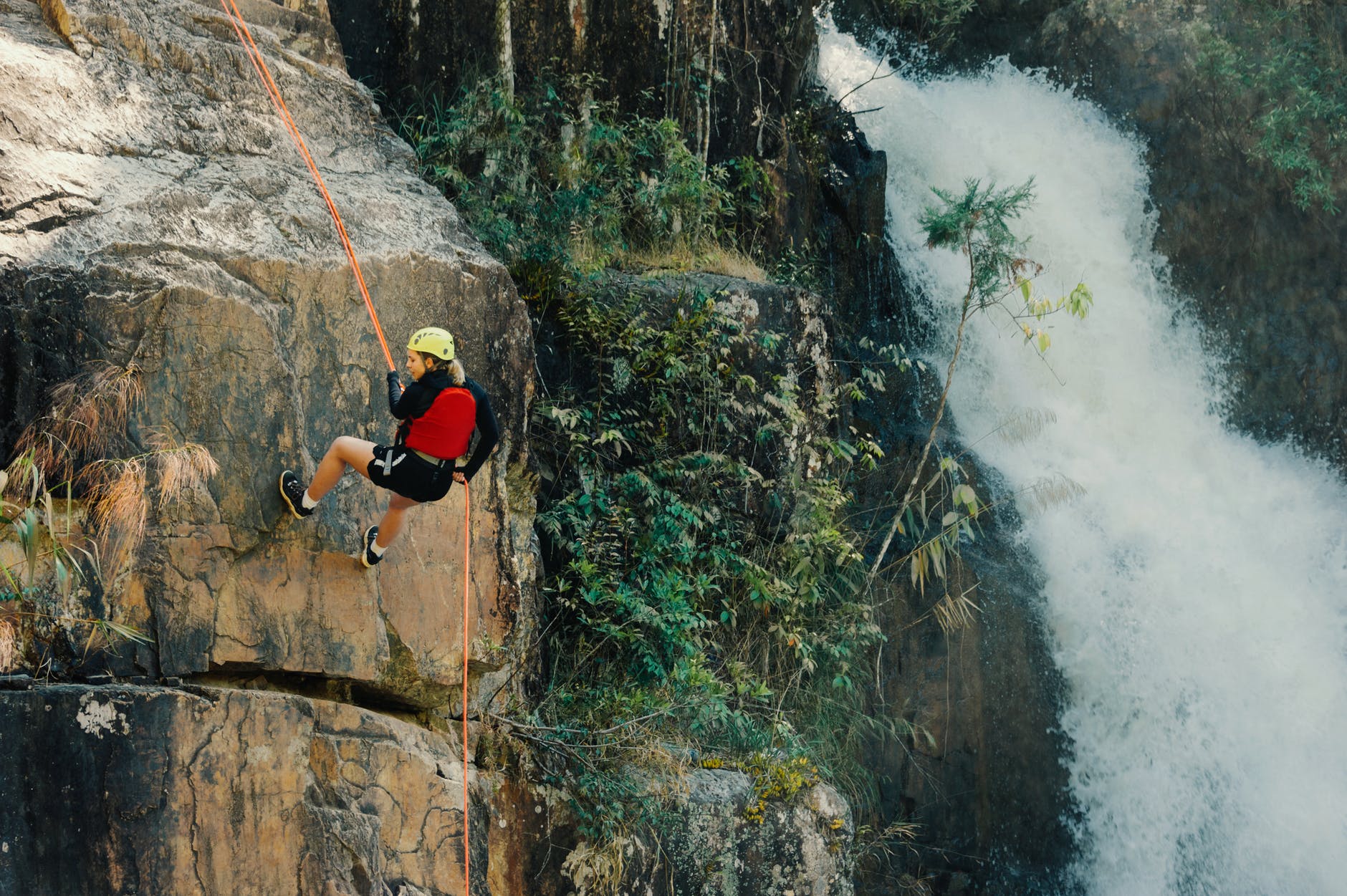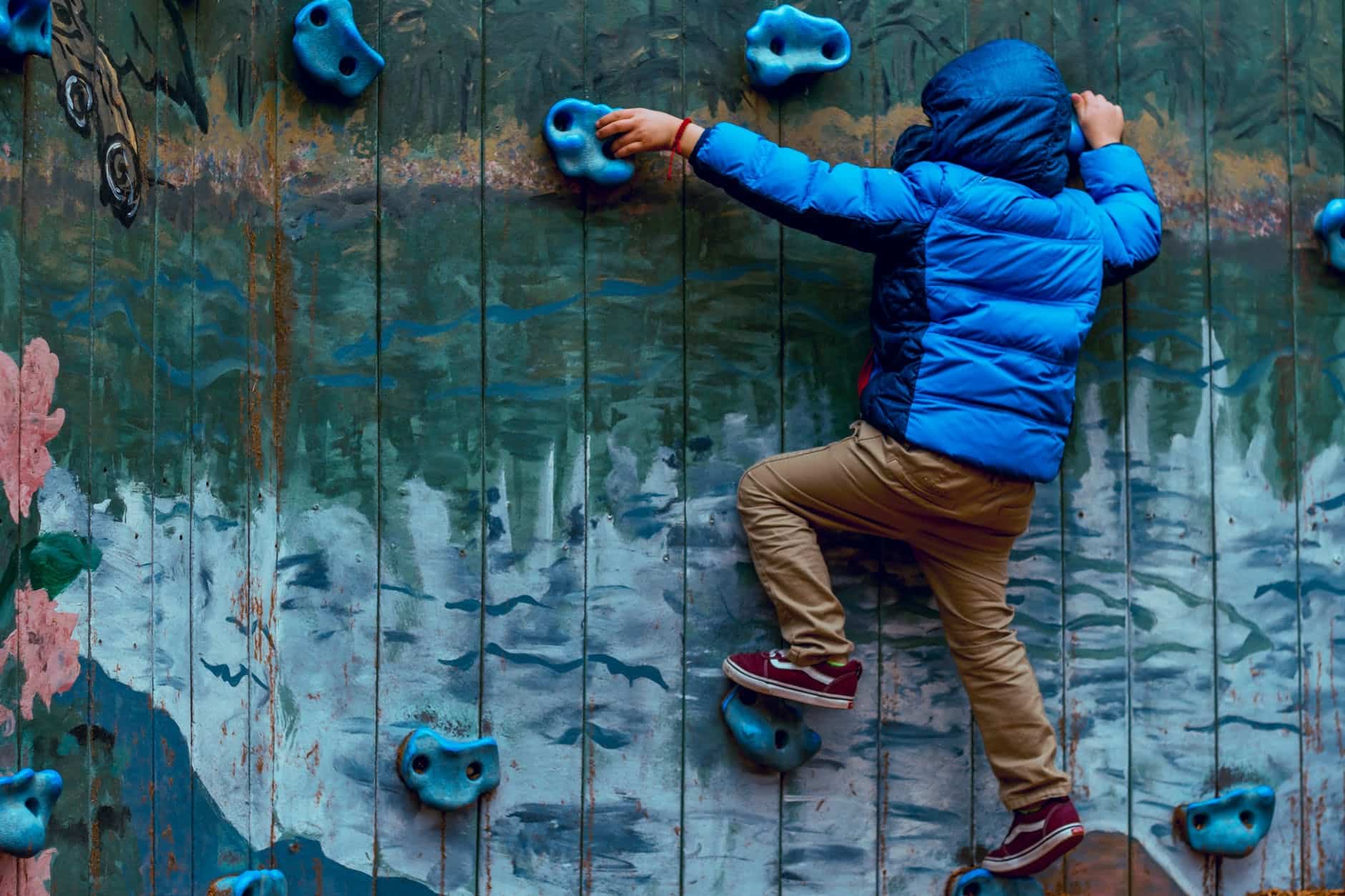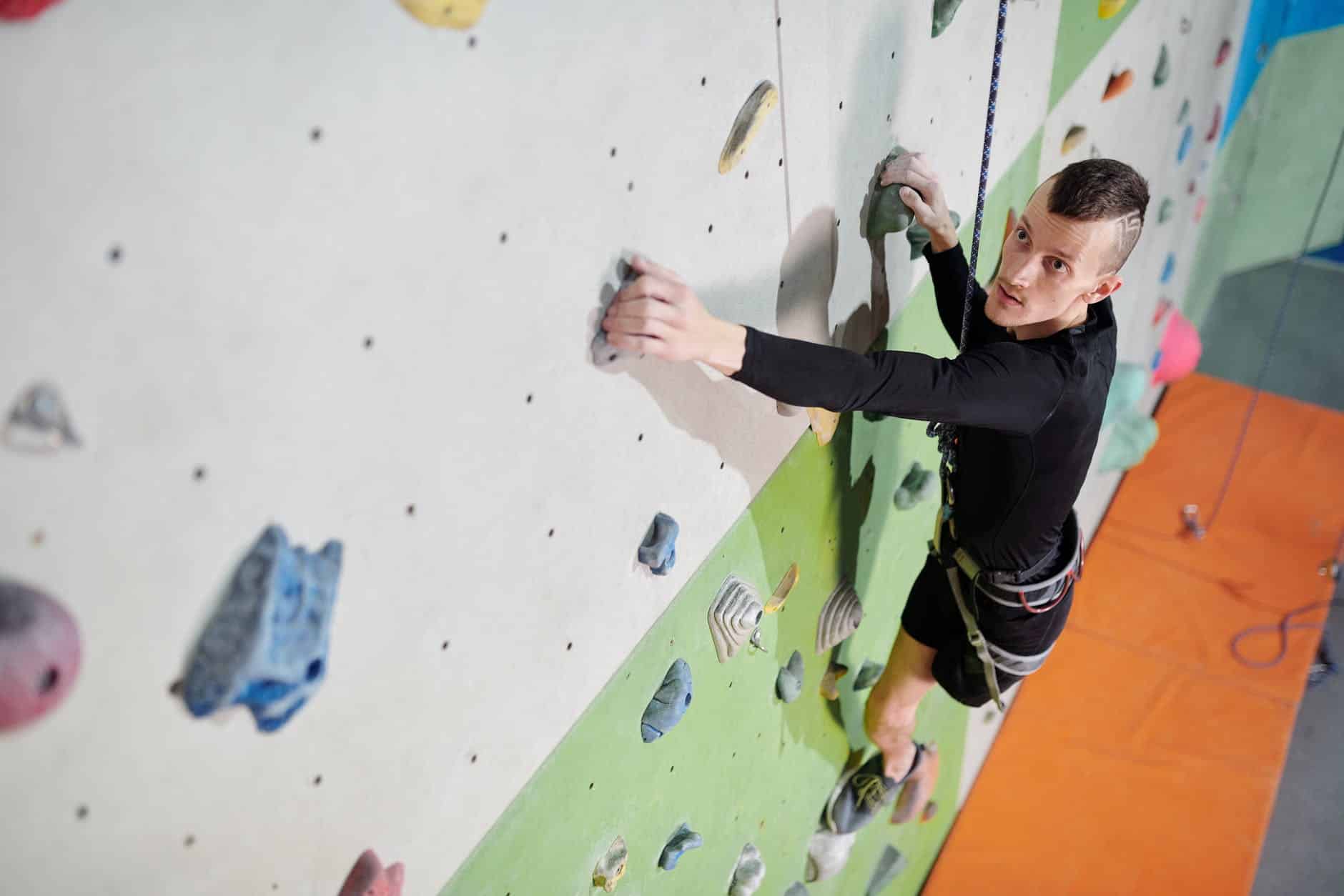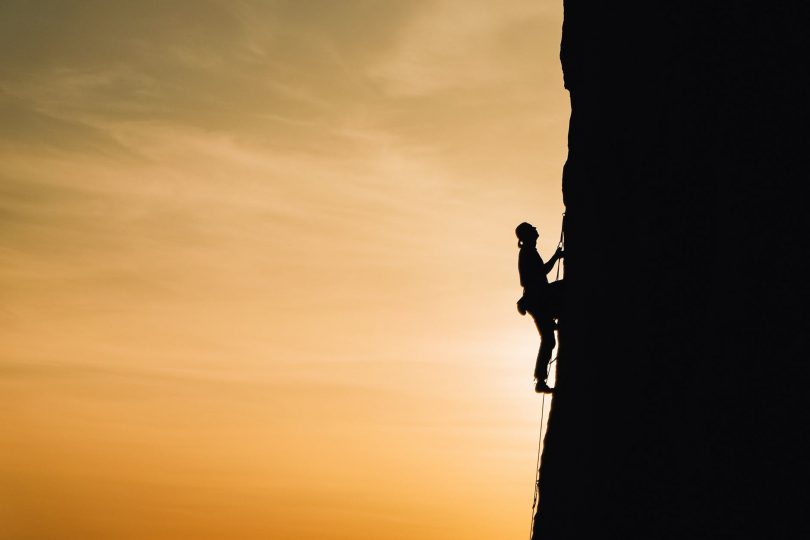Do you love the thrill of climbing a rock face but don’t know where to start? Are you intimidated by the thought of learning how to rock climb? This guide is for you! In it, we’ll provide an overview of what rock climbing is, the best place to rock climb, what gear you need, and some tips to help you start this thrilling adventure.
So put on your climbing boots, and let’s go explore the world of rock climbing!

What is the Best Place to Rock Climb as a Beginner?
The best place to rock climb as a beginner will vary depending on your experience level and where you live. However, if you’re a beginner, it’s generally best to start by practicing near home or indoors. This will allow you to get a feel for the sport without traveling far or spending too much money on gear. Once you’ve gained some basic skills and confidence, you can start thinking about exploring outdoor options.
When choosing an outdoor climbing spot, it’s important to pick a suitable location where you can go whenever you’re free. Once you break into your best rock climbing gear and feel confident, there are a lot of great places to rock climb in nature. For example, if you want to challenge yourself and push your limits, somewhere like Yosemite National Park would be a great choice.
However, if you’re just looking to get outside and enjoy the scenery, a natural space like Joshua Tree National Park might be the best place to rock climb. Whichever direction you choose, make sure to do some research ahead of time so that you know what to expect. And most importantly, have fun!
What Gear Do You Need to Start Rock Climbing?
Assuming you have the basic gear (clothes appropriate for the weather, water, snacks), you will need the following best rock climbing essentials:
Shoes: are designed to fit snugly and protect your toes. They have grippy soles to help you keep your footing, and some have extra support at the heel to help you with toe hooks.
Harness: A harness secures you to the rope and will help catch you if you fall. It should fit snugly and be comfortable to wear for long periods.
Belay Device: A belay device is used to control the rope during climbs. It helps to brake the rope in case of a fall and can also be used to lower a climber down.
Chalk: keeps your hands dry and provides extra grip. You’ll have to apply it liberally to your hands before climbing. You’ll also need a to keep this powder handy and haul other items like water or shades.
Rope: A rope is used to belay a climber up and down a wall. It is typically coiled and stored in a bag when not in use.
Carabiners: Carabiners are metal clips that attach the rope to the harness and belay device. They come in different sizes and shapes and can be locking or non-locking.
Quickdraws: Quickdraws are two carabiners connected by a webbing sling. They are used to attach the rope to protection bolts while climbing.
Protective Gear: Protection, such as cams and nuts, is placed in cracks in the rock to secure the rope. This protects the climber in case of a fall. Most best rock climbing kits already have nuts and anchors to hold things together and make your equipment safer. But arranging these things is tougher when you’re at nature’s mercy.
Rock Climbing Guide: Lastly, you’ll need a detailed to understand its basics. From holding the correct posture to picking the best rock climbing tools, this guide will cover everything you need to know.

Steps to Start Rock Climbing
When you have the basic rock climbing knowledge, the following steps will help you get started with lead climbing. Rock climbing is a bit more advanced than top roping, as you will be clipping into anchors as you go rather than being anchored from above. Follow these best rock climbing steps to start this exciting hobby:
Before you start rock climbing, make sure you are comfortable with the following:
- Belaying from below
- Tying basic knots
- Cleaning anchors
- Taking falls safely
Here are the steps to practice with the best rock climbing kit and start this hobby:
Step 1: Choose the best rock climbing gear. For rock climbing, you will need a few things that you might not need for top-roping. In addition to a rope and harness, you will need quickdraws, carabiners, and webbing or slings. You will also need a belay device for lead climbing, such as an ATC Guide or Petzl Reverso.
Step 2: Find a partner. It is always safe to climb with a partner, and it is especially important when you are rock climbing. Your partner will be belaying you from below and must be experienced in belaying a lead climber.
Step 3: Warm-up. As with any sport, it is crucial to warm up your muscles before using the best rock climbing gear for strenuous routes. A few easy routes will help prepare your body for the more challenging climbs.
Step 4: Choose your route. When you are rock climbing, it is important to choose a route within your skill level. Start with something that is not too difficult so that you can get a feel for the process and build your confidence. Rock climbing clubs and custom-made walls are the best places to rock climb for beginners. Once you get the hang of these set-ups, you can move towards more challenging places.
Step 5: Clip in. Once you have chosen your route, it is time to start climbing. Be sure to clip your harness into the rope using a carabiner. You will also need to attach quickdraws to the rope at regular intervals. As you climb, clip the rope into the quickdraws. This will help to keep you safe if you fall.
Step 6: Belay your partner. Once you have reached the top of the route, it is time to belay your partner. Be sure to use the best rock climbing belay device and techniques so your partner can climb safely.
Understanding the best rock climbing gear can be challenging, but once you get through this stage, you’ll love the thrill. By following these steps, you can start safely and build your skills. You’ll master the best rock climbing essentials with a little practice and enjoy this exciting activity.

How Tiring is Rock Climbing and How Often Should You Practice it?
Like any other sport, the amount of fatigue you feel after rock climbing depends on several factors, including your level of experience and the intensity of the session. A casual climber who takes it easy on the wall might not find rock climbing particularly fatiguing. At the same time, someone who tackles more difficult routes or goes at a higher intensity might need a day or two to recover fully.
In terms of how often you should practice, that again depends on your goals. If you’re just starting out, once or twice a week is probably sufficient (if you don’t have any other commitments that would limit your time).
Summing Up
Rock climbing is a relaxing way to get exercise and enjoy the outdoors. It can be a challenging hobby to pick up, but once you get the hang of it, it can be gratifying. There are many types of rock climbing, from traditional outdoor climbing to indoor bouldering, so there is sure to be something to match your preferences. The best way to learn rock climbing is to take a class or meet with experienced climbers who can teach you the basics.
If you have the best rock climbing gear and show consistency, you’ll be scaling cliffs and summiting peaks in no time!
Looking for more hobbies to try outdoors? How about taking a deep dive into scuba diving!







